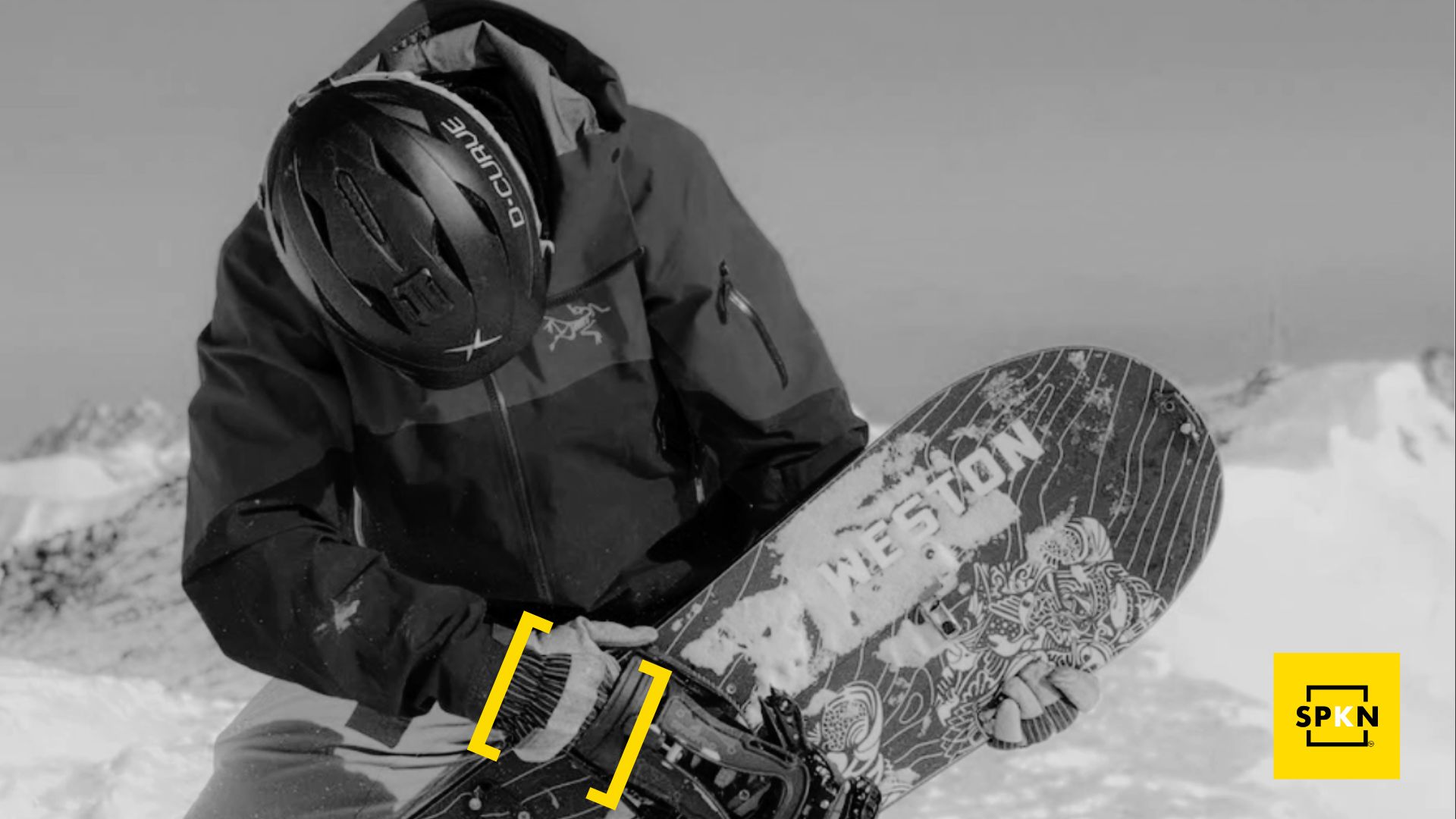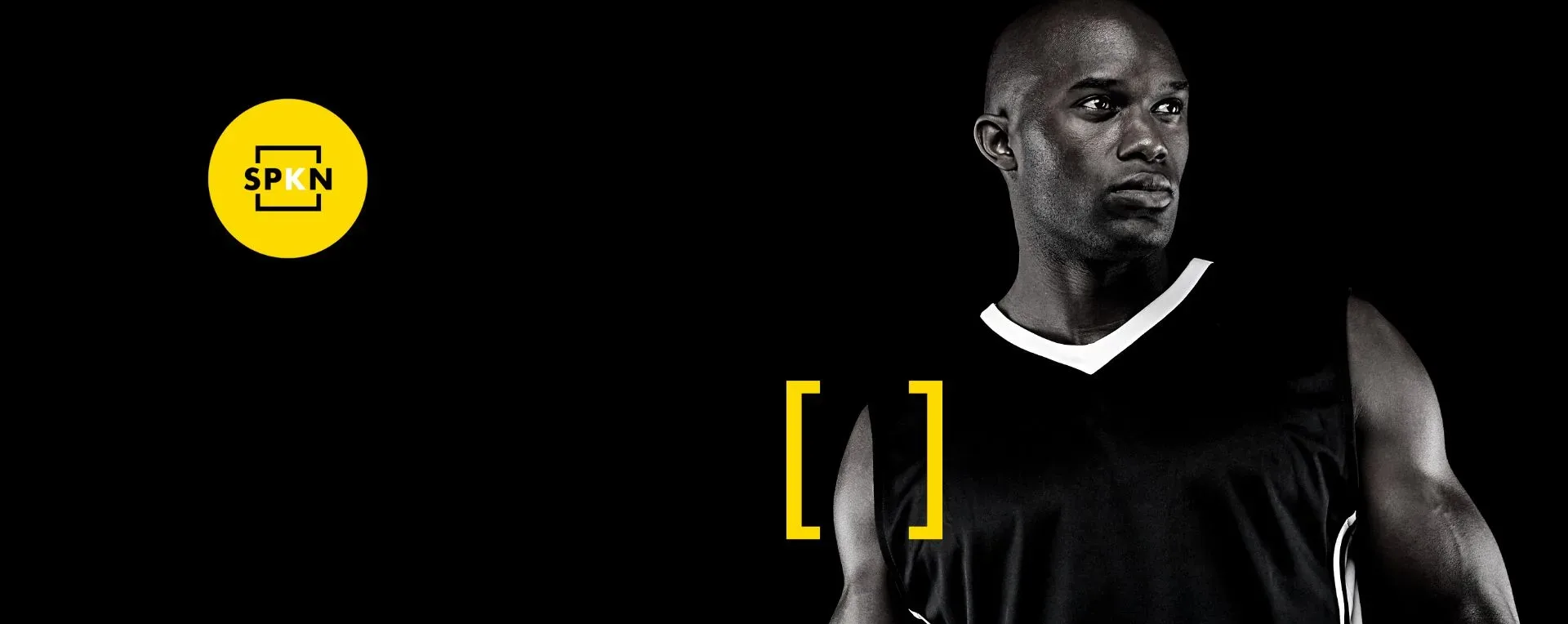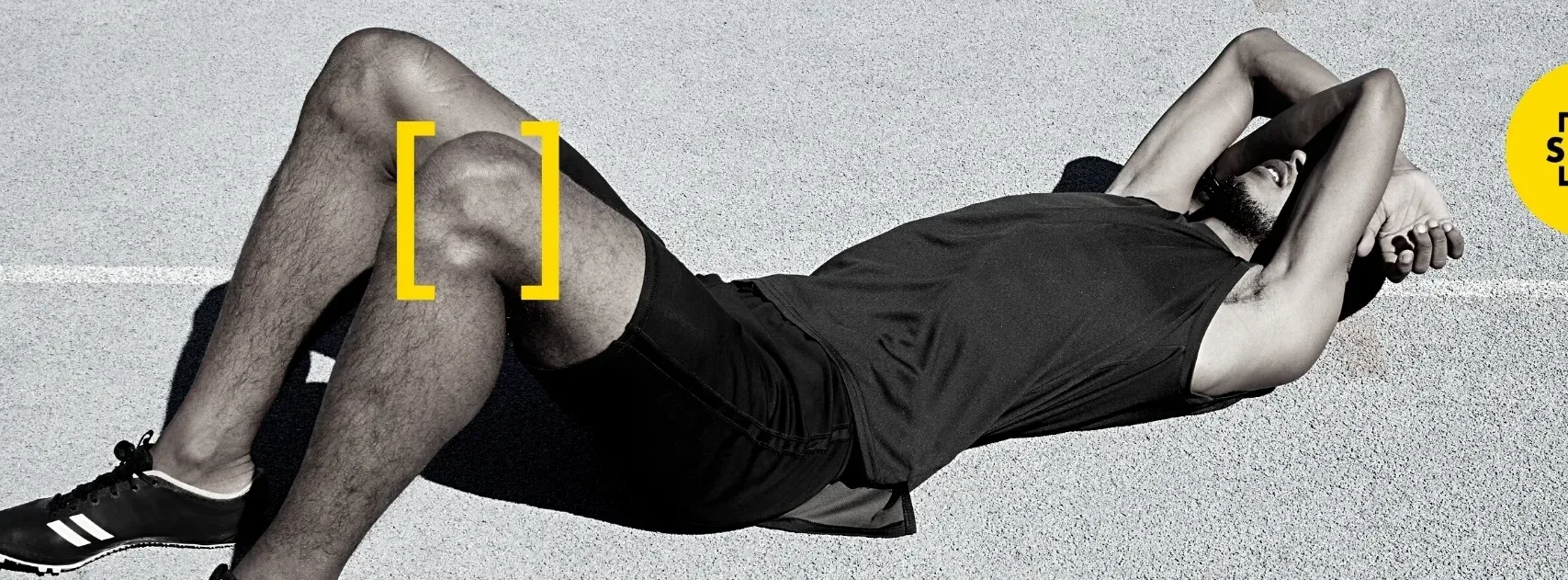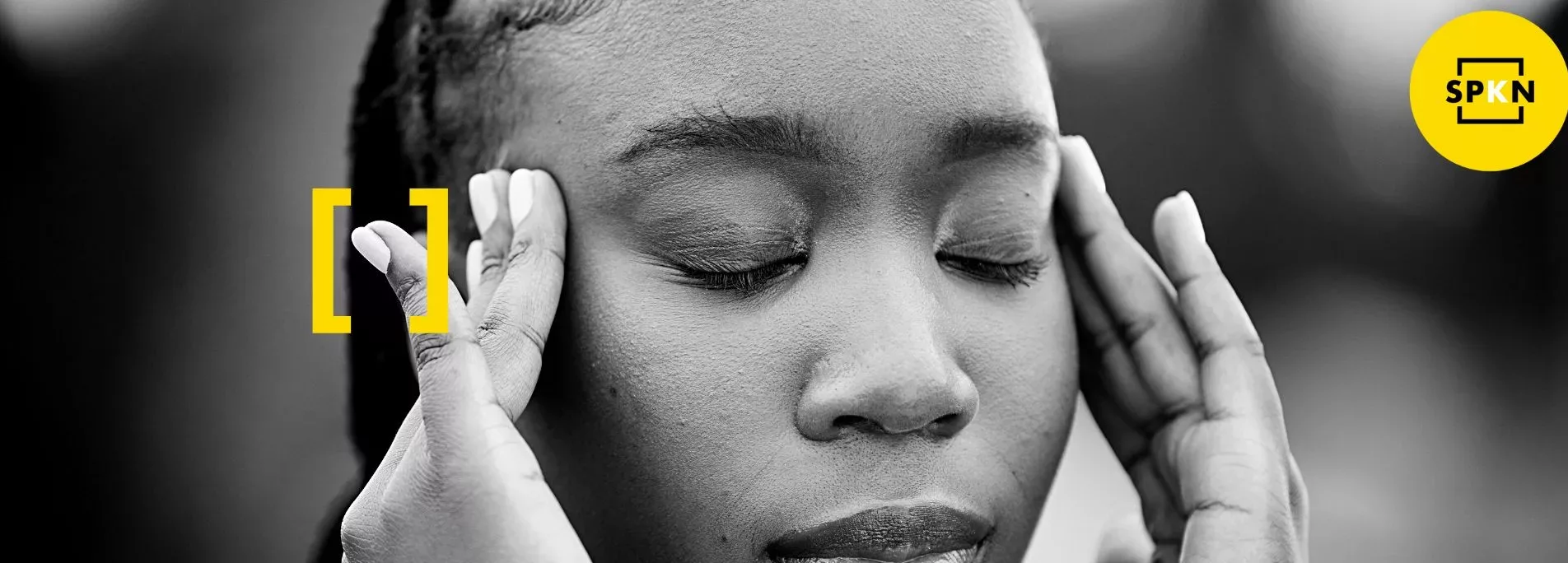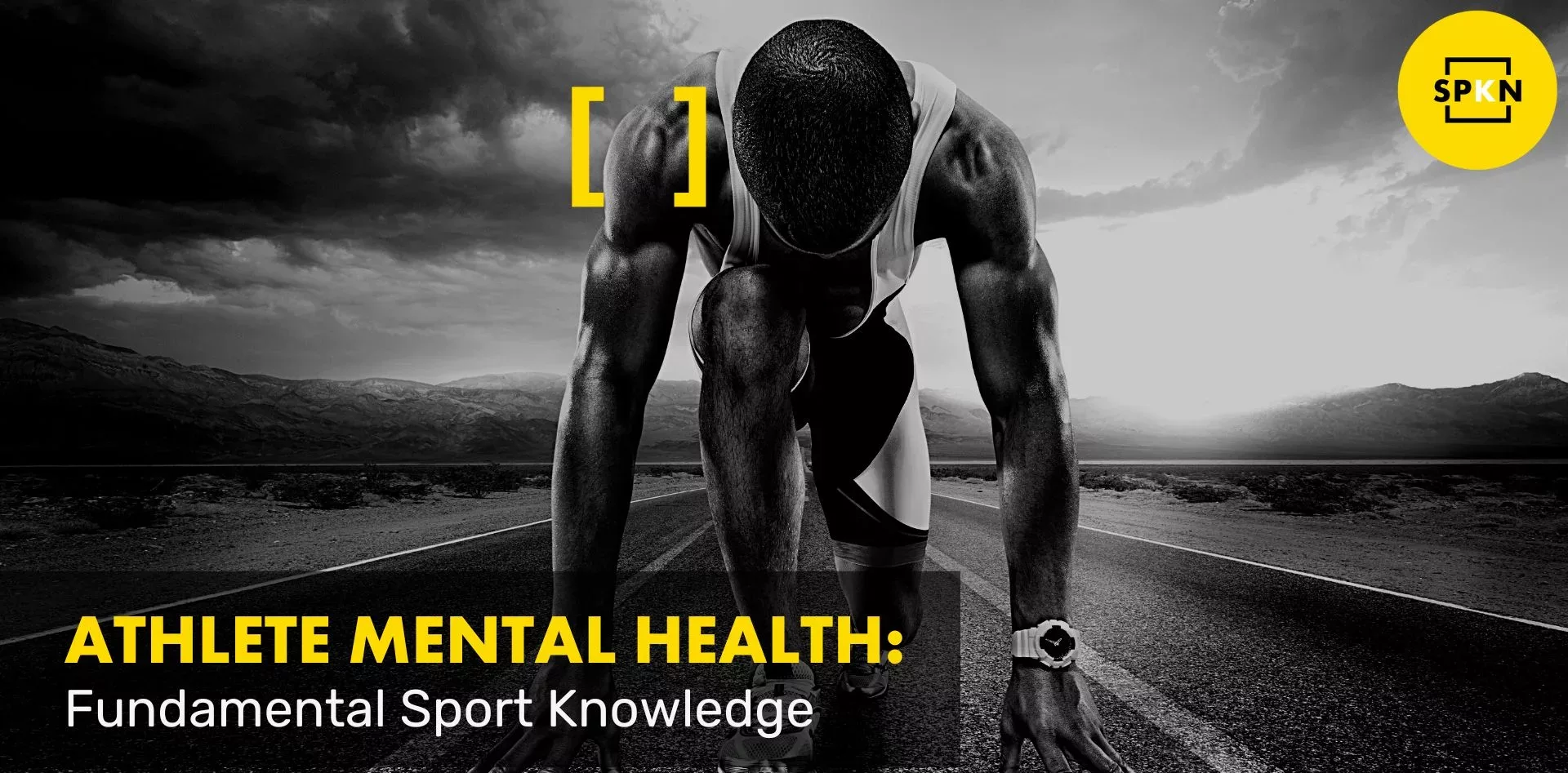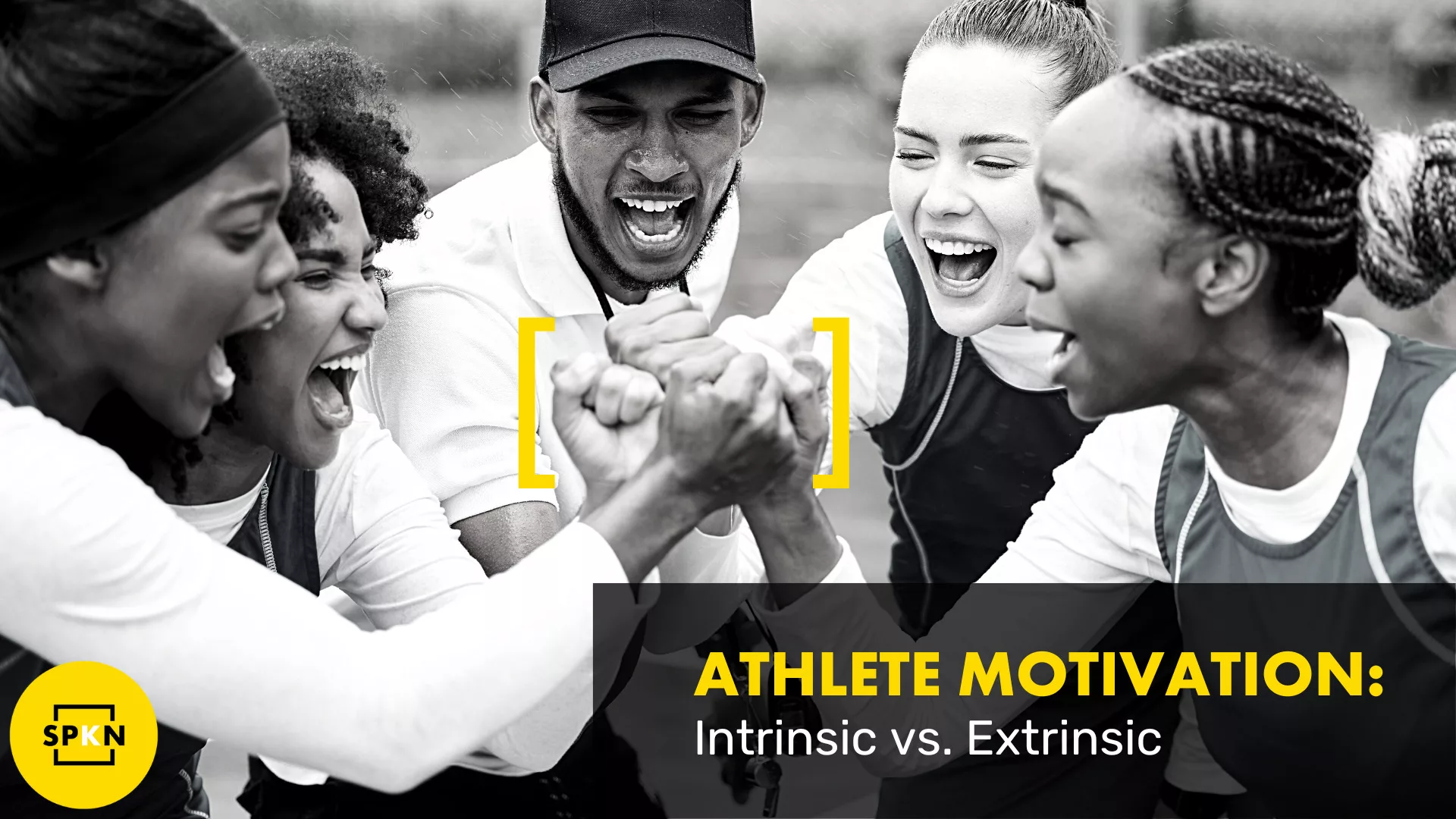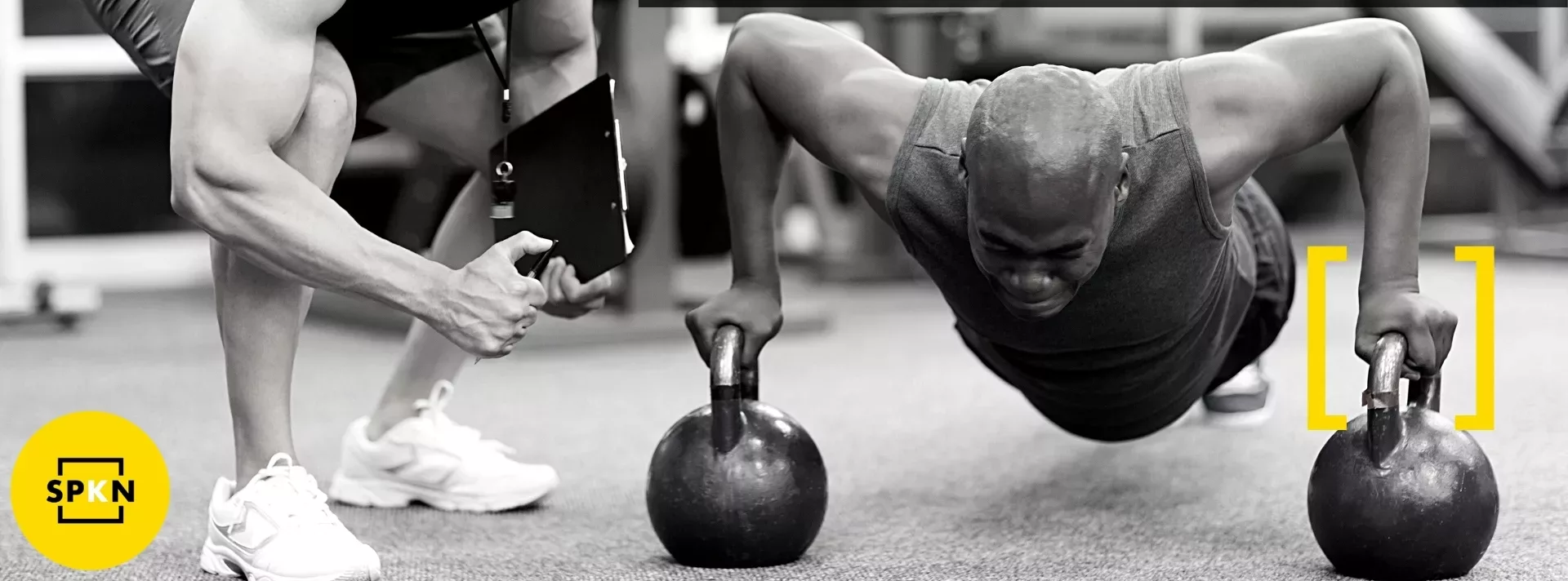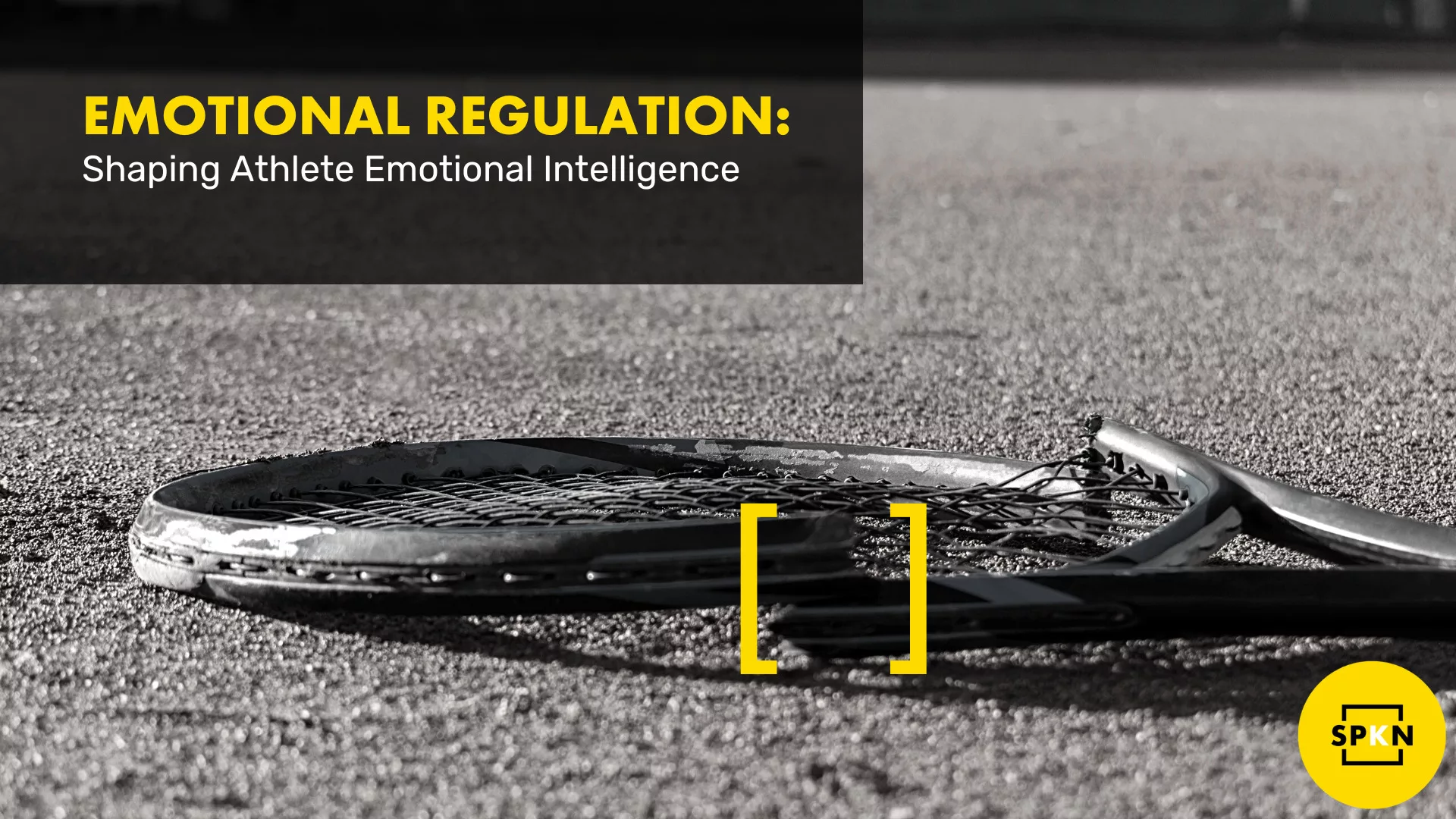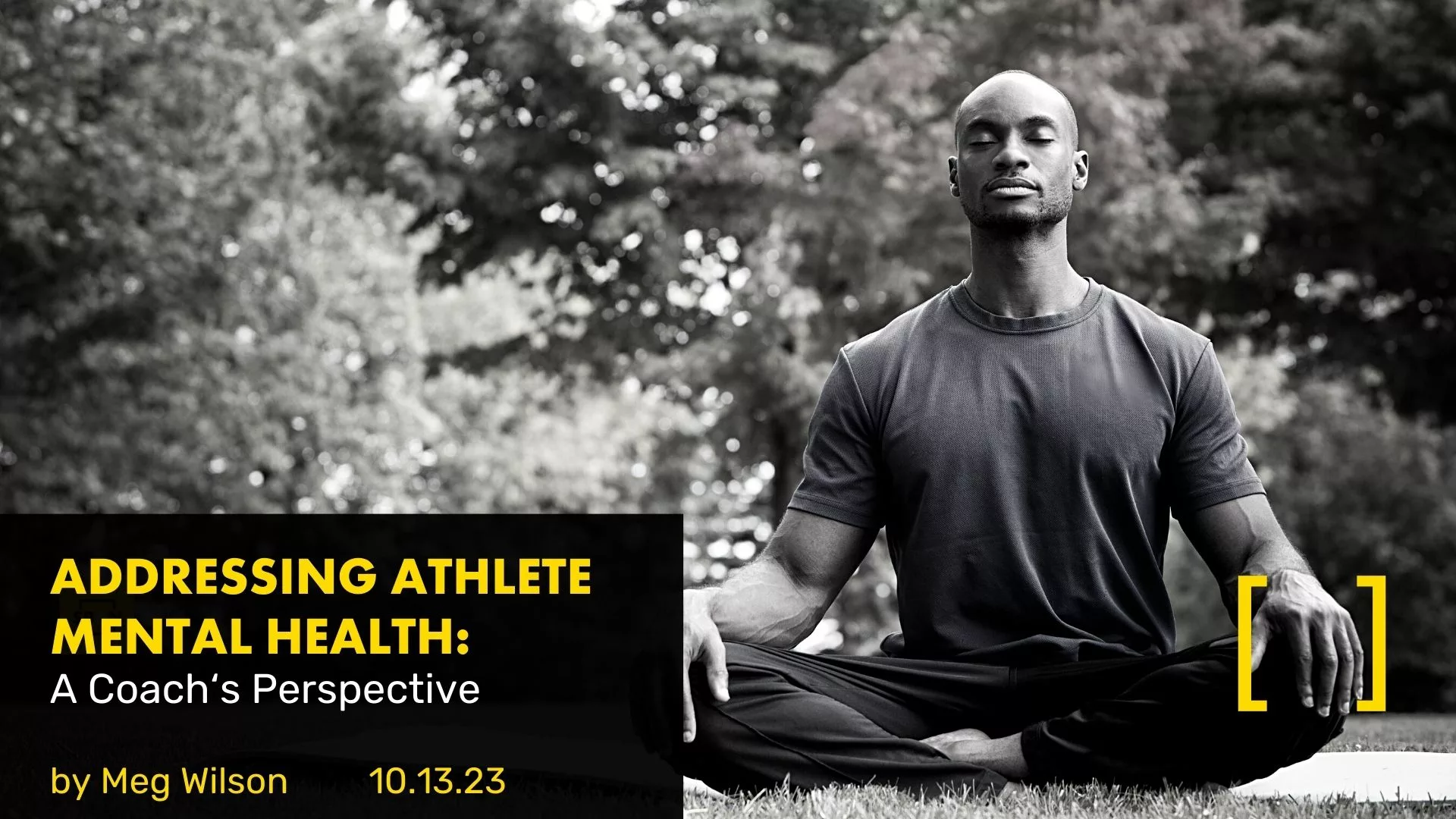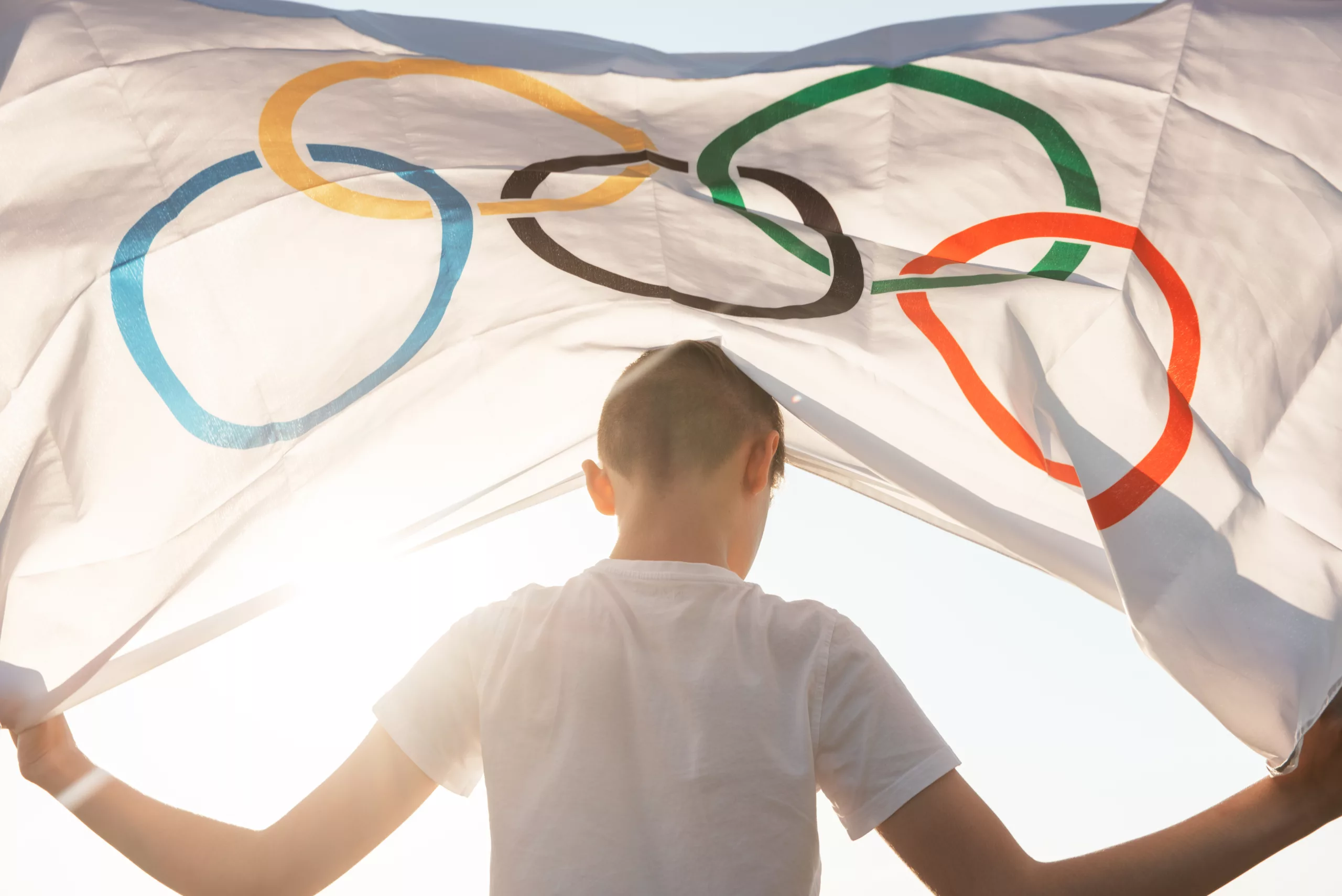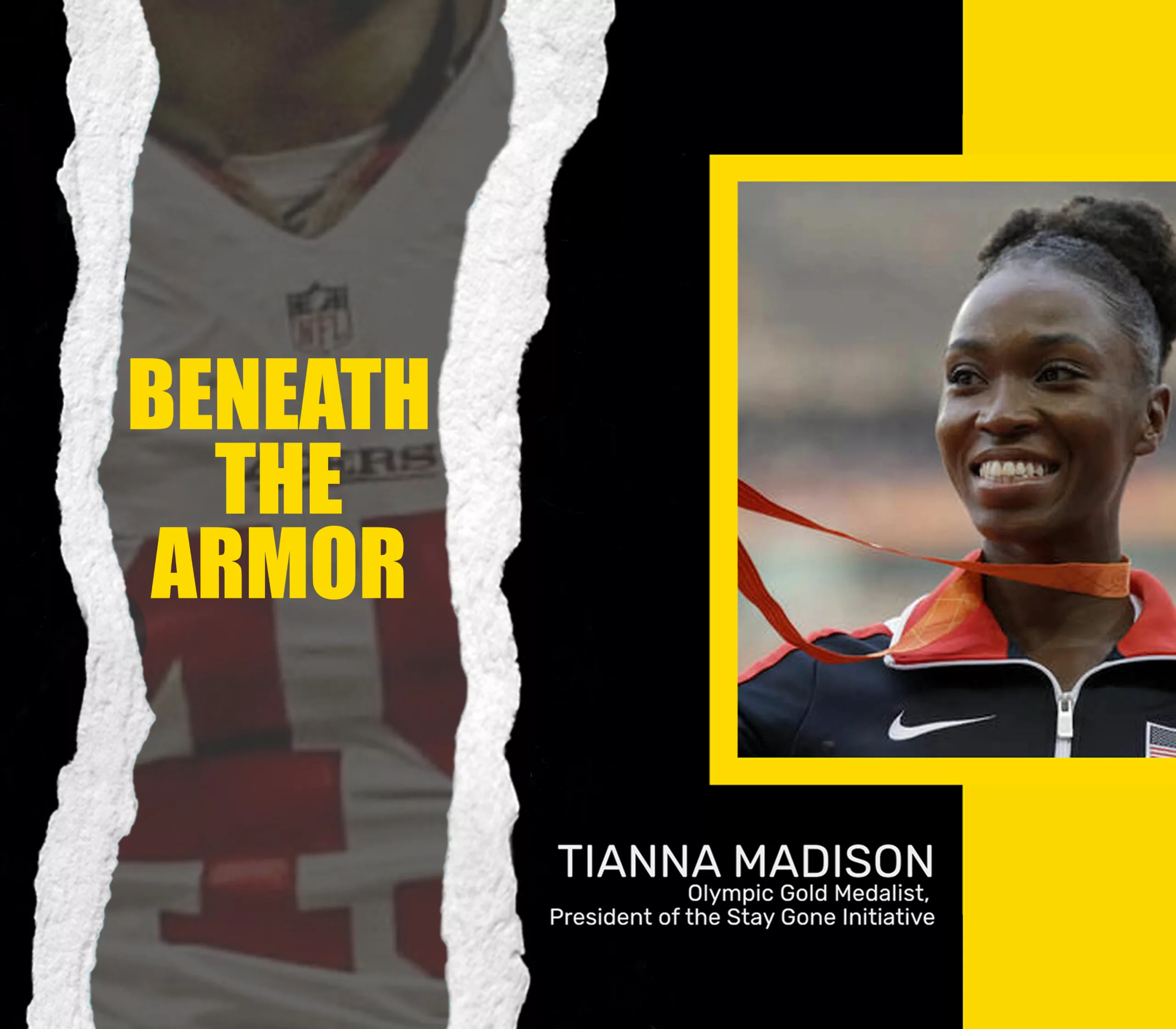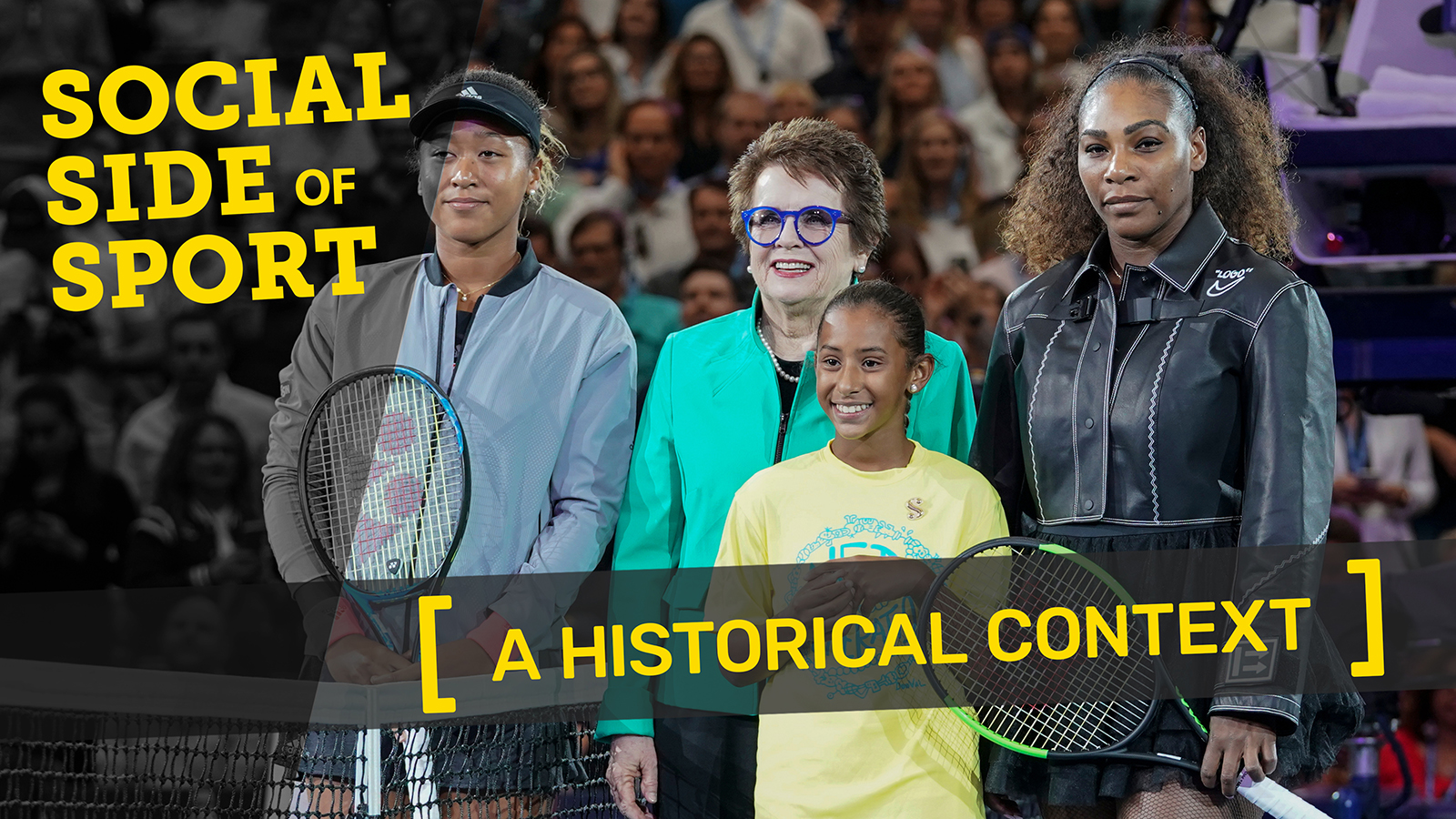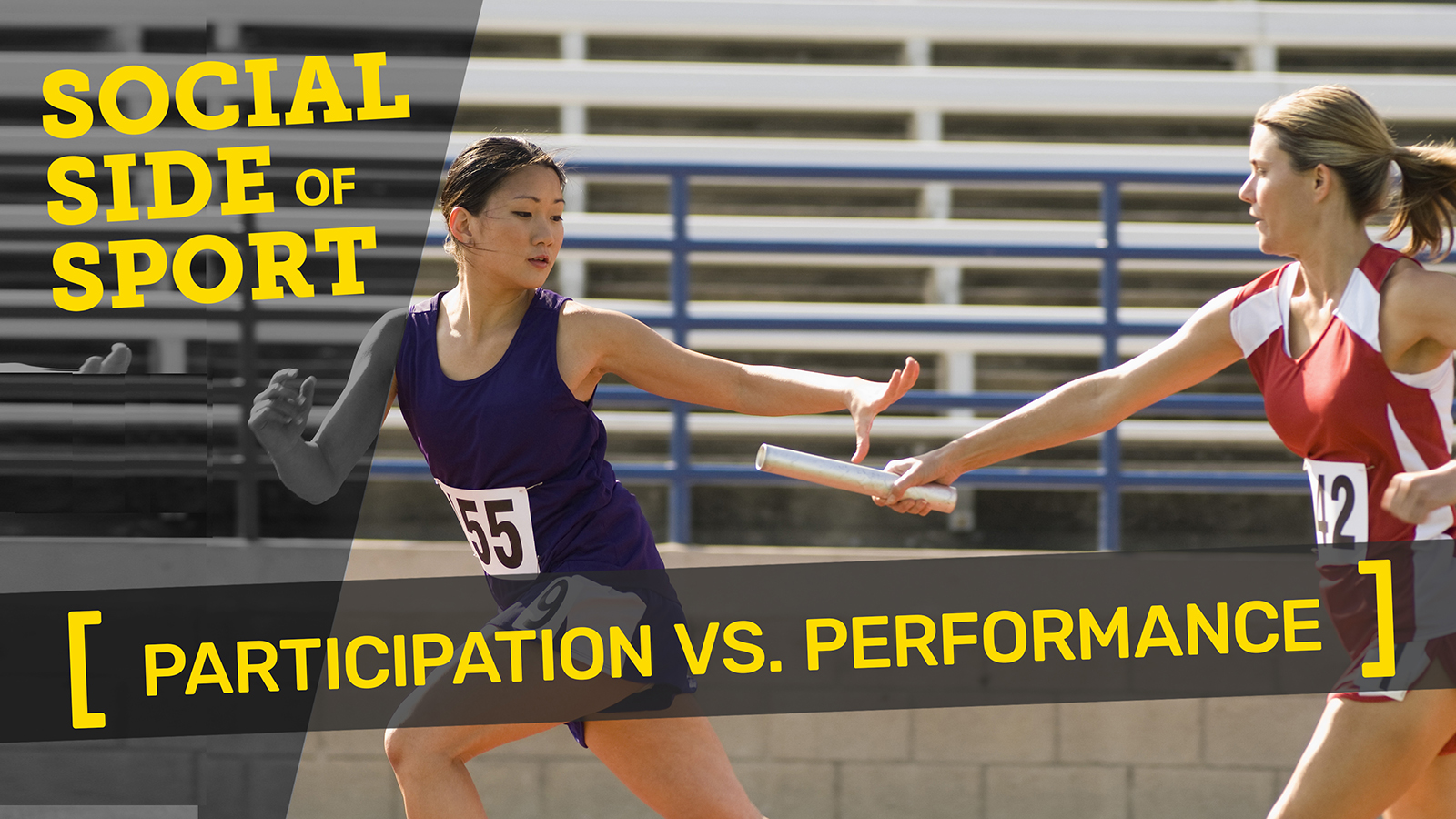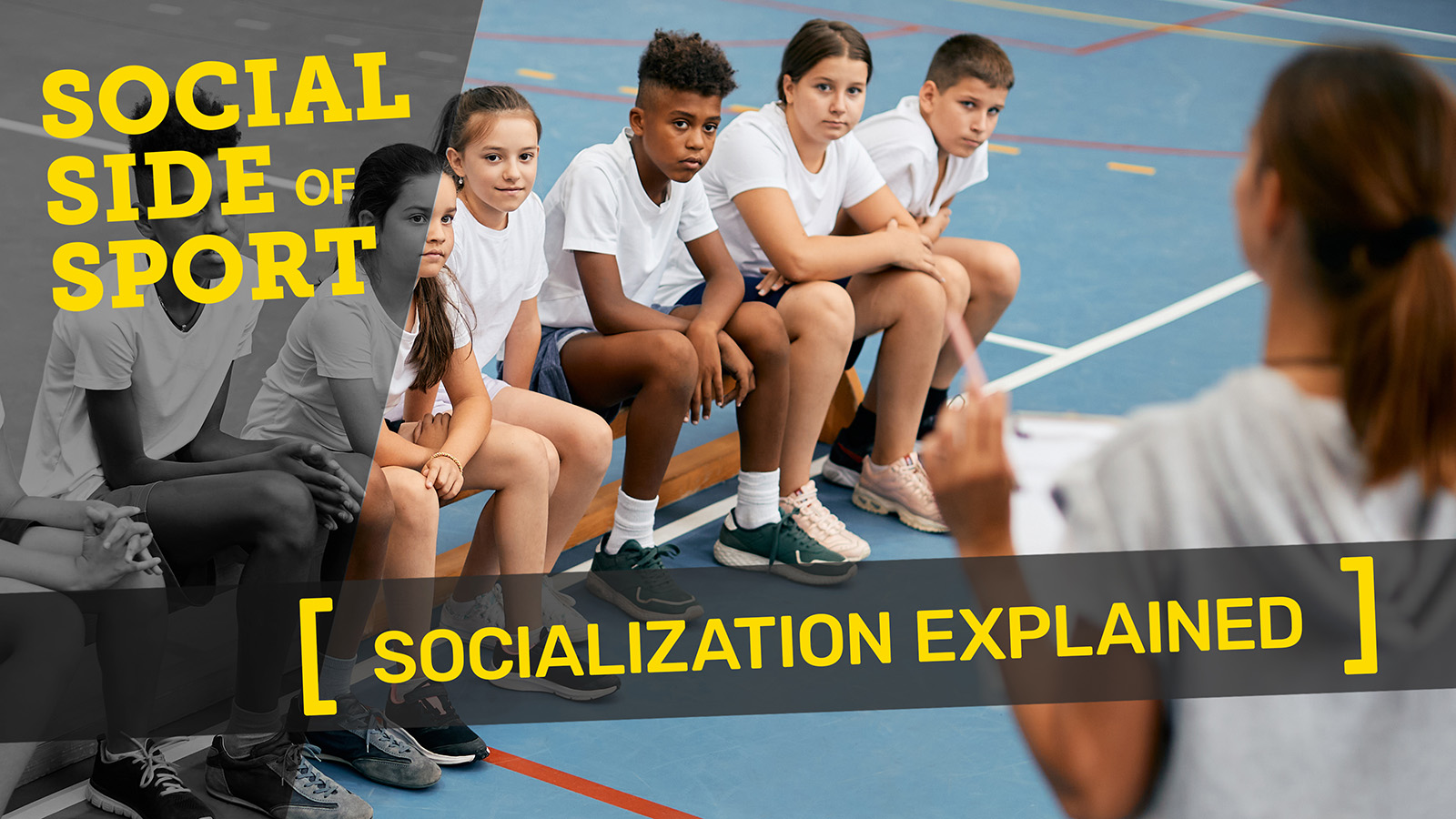In older definitions, aggression was seen as a forceful act, or attack, with the intention to dominate or master. Dollard, Doob, Miller, Mowrer, and Sears (1939, p. 1) began their seminal paper on the Frustration Aggression Hypothesis with the statement that “aggression is always a consequence of frustration” and frustration was defined as anything that impeded the subject from reaching a goal. Later, Berkowitz (1969) offered that organisms respond aggressively to aversive stimulation because this leads to negative emotion states, which in turn can lead to aggressive behavior.
In sport, The International Society of Sport Psychology (ISSP) (Tenenbaum, Stewart, Singer, & Duda, 1997) published a position stand where it defined aggression as the infliction of an aversive stimulus, physical, verbal, or gesture upon one person by another. The position built on Silva’s (1978) definition, where it was stated that an aggressive act in sport is intentional and observable, is committed with the intent to injure,
and is personal.
Abrams (2010) presented updated and pragmatic definitions, noting that the adverb of aggression, aggressive, is a characteristic that athletes and coaches value and encourage. The opposite of aggressive being passive, and recognizing that success does not come from waiting for it to spontaneously appear, being aggressive was explained as the tenacity, hunger, passion, or determination that people embody when they are striving to succeed.
Recognizing that there are different types of aggression, the most common dichotomy offered is instrumental aggression vs reactive or hostile aggression. Instrumental aggression is goal-directed aggression in which harm to another is not the primary goal, although it can be a secondary result of the action.
Example: A basketball player driving to the basket and inadvertently strikes an opponent with his/her elbow while trying to put the ball in the hoop. Some have argued incorrectly that instrumental aggression and assertiveness are the same. Assertiveness is to stand up for and communicate one’s rights. Athletes do not have the right to be successful in sports. They must aggressively compete to do so.
Reactive aggression has as its primary, and sometimes solitary, goal to do harm to someone. Example: A football player says a racial epithet to an opponent and the opponent turns and punches the provocateur in the face. Reactive aggression is related to anger and in its extreme form, reactive aggression is known as violence.
Terry and Jackson (1985) clarified that sport violence is harm-inducing behavior outside the rules of sport, bearing no direct relationship to the competitive goals of sport.
References
Abrams, M. (2010). Anger management in sport: Understanding and controlling violence in athletes. Champaign, IL: Human Kinetics. https://amzn.to/3Wc0T8U
Berkowitz, L. (1969). The frustration-aggression hypothesis revisited. In L. Berkowitz (Ed.), Roots of aggression: A reexamination of the frustration-aggression hypothesis (pp. 1 28). New York: Atherton Press. https://amzn.to/3XcfXEx
Dollard, J., Doob, L., Miller, N., Mowrer, O., & Sears, R. (1939). Frustration and aggression. New Haven, CT: Yale University Press. https://amzn.to/3iGwp0Z
Silva, J. M. (1978). Understanding aggressive behavior and its effect upon athletic performance. In W. F. Straub (Ed.), Sport psychology. Ithaca, NY: Mouvement.
Tenenbaum, G., Stewart, E., Singer, R. N., & Duda, J. (1997). Aggression and violence in sport: An ISSP position stand. The Sport Psychologist, 11, 1 7.
Terry, P. C., & Jackson, J. J. (1985). The determinants and control of violence in sport. Quest, 37, 27 37.
***Contributed by Mitch Abrams for Hackfort, D., Schinke, R. J., & Strauss, B. (Eds.). (2019). Dictionary of sport psychology: sport, exercise, and performing arts. Academic Press. https://amzn.to/3ZxARzT


